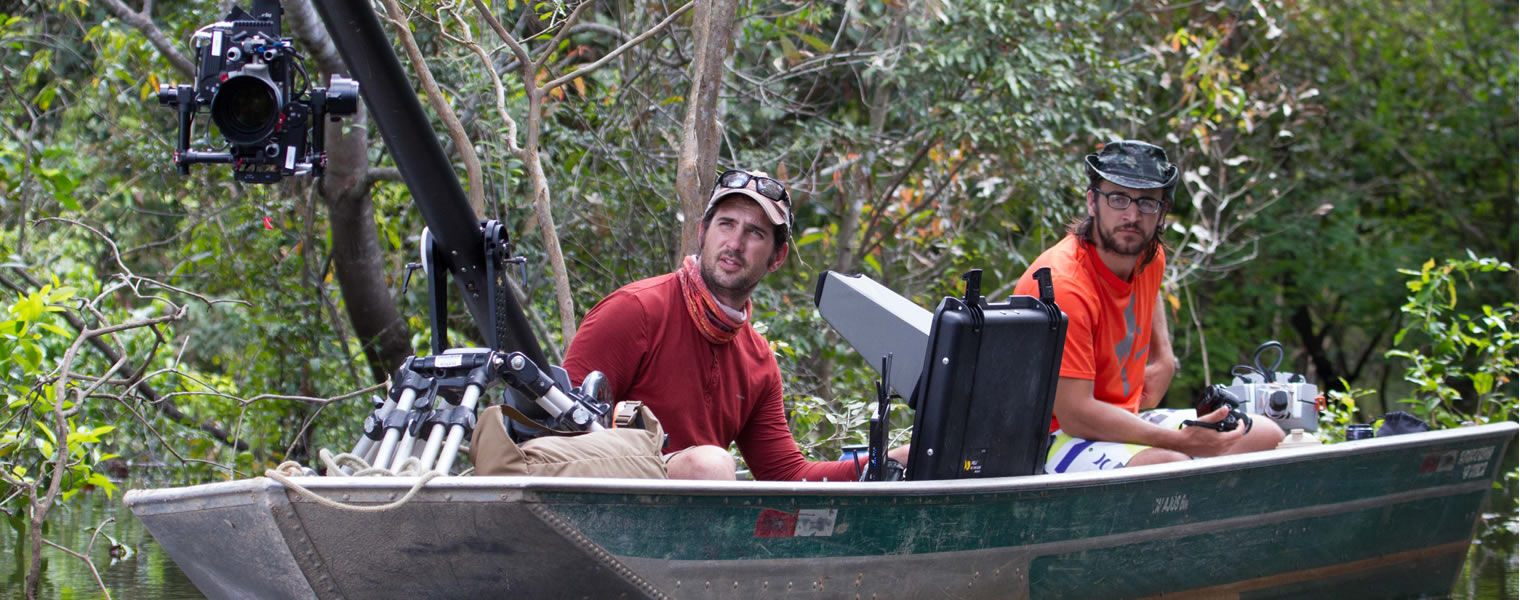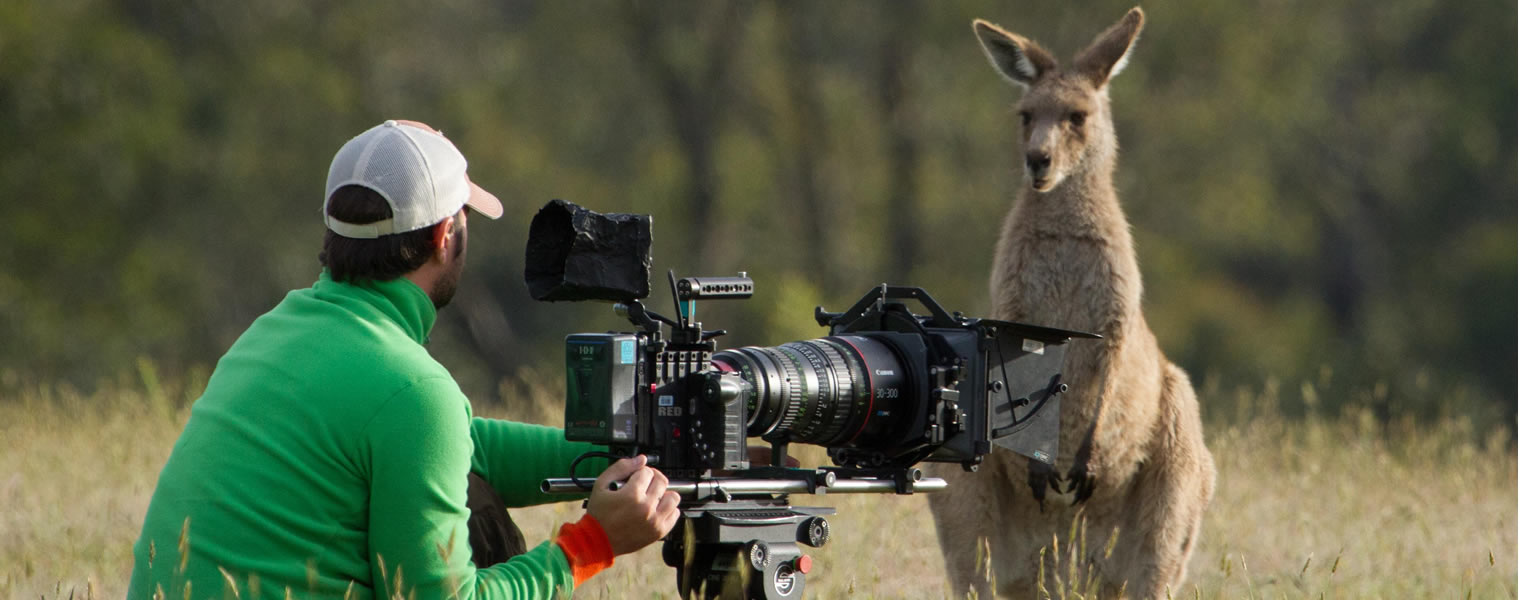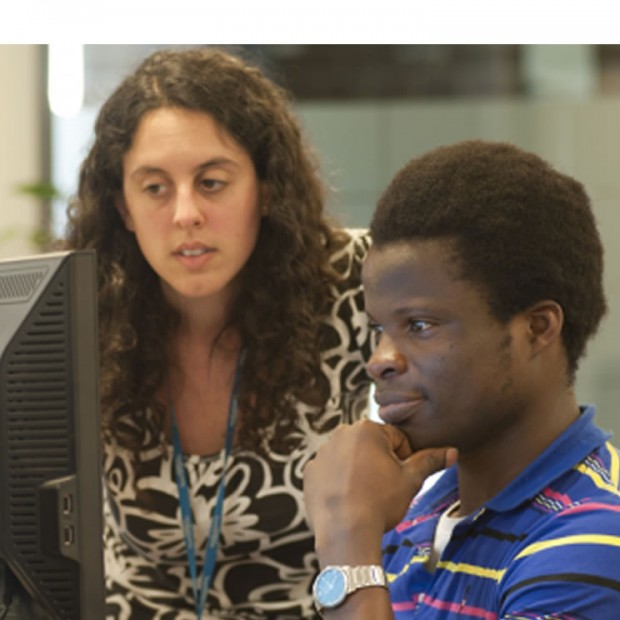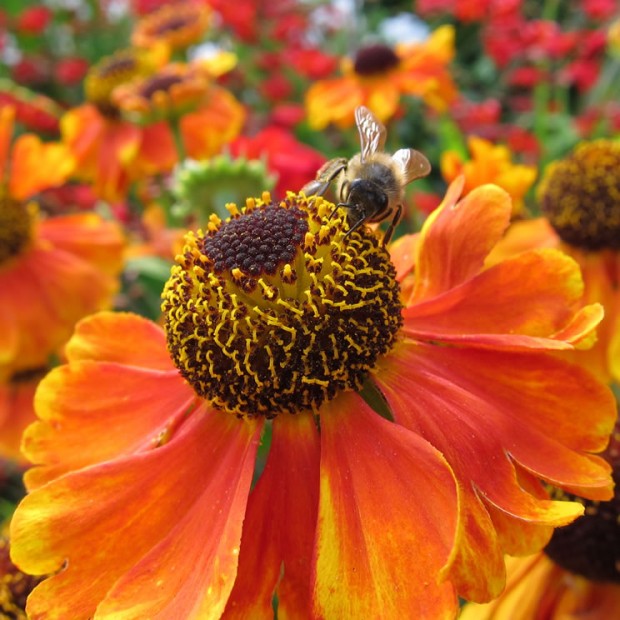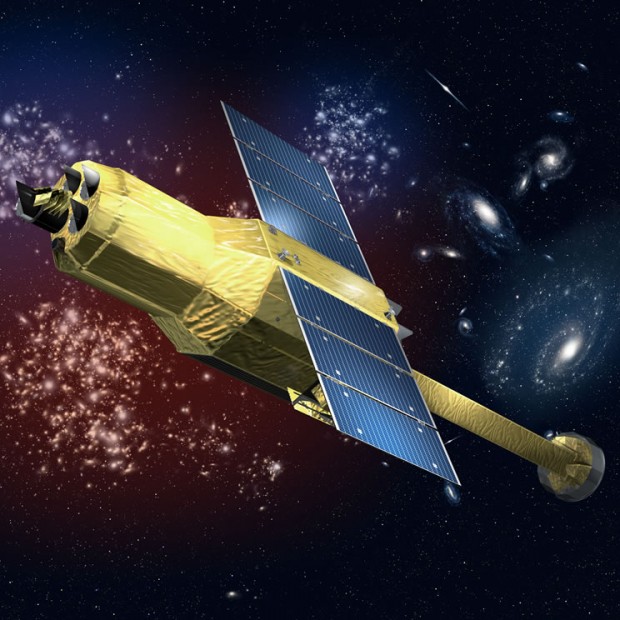Hartley News Online Your alumni and supporter magazine
Tom Crowley (BSc Marine Science, 2001) is a wildlife cameraman and assistant producer for the BBC’s Natural History Unit. Having travelled the world working on television series including Planet Earth II, Frozen Planet and the BBC’s next series, Seven Worlds, Tom talks to Southampton Connects about his career highlights and what it is like to film remarkable scenes of nature.
What did you study at Southampton, and why?
I was accepted into Southampton to study oceanography with geology through clearing, but then changed to oceanography with chemistry. Southampton was my first choice; I had looked at other universities who ran similar courses, but Southampton was the best place in the country to study and I wanted the best chance of a career.
What did you enjoy the most about your time studying here?
The facilities and studying environment were second-to-none, but one of the most enjoyable things I did while at Southampton was go to Vancouver Island and work at the Department of Fisheries and Oceans. It was a stunning place and interesting to work in an active lab. If I remember rightly, I was analysing sediment traps for organic and inorganic phosphates. It seems a long time ago now! Going out on the Research Vessel (RV) Bill Conway was always good fun too.
How did you get into cinematography?
I kind of stumbled into cinematography – which will annoy some people, but it’s actually a common story.
After Southampton, I worked as an industrial climber and entertainment rigger for a few years and then went to Edinburgh University to do a masters. While there I met someone who invited me to Chile to volunteer once my studies had finished. It was actually in Chile where I started shooting photos.
I felt like I wanted to document and tell stories from some of the places I was visiting. I wanted to produce some more meaningful projects such as photo essays and had a few ideas.
While I was back in the UK, I met some producers at a film festival in Bristol. One thing led to another and six months later I was starting as a Runner in the Development team where many of the ideas which finally make it into programmes are born, and I started to climb the editorial ladder.
What have been your career highlights?
It’s hard to pick one. I work pretty much exclusively on landmark animal behaviour television series. This means I often find myself in some fairly extraordinary places waiting for nature to take its course.
Over the last eight years working for the Natural History Unit, I’ve filmed all over the world and lost count of the places I’ve been: the Galapagos, Costa Rica, Australia, Fiji, Botswana and Madagascar are just a few. I’m currently on my way to California before heading to the Yukon and then to Norway.
One of my main highlights was persuading one of my producers that a small pufferfish in Japan made sandcastles. We went to Japan for Life Story and filmed the Amami Starry Sky Pufferfish. This was an amazing experience. The little male, only 12cm long, built a 2m diameter sandcastle to attract multiple mates. We were diving for up to four hours at a time using rebreathers in order to film the sequence. That was definitely a highlight.
What are you most proud of in your career?
I think Planet Earth II doing so well probably was my proudest moment, and more so because my parents were proud too. They have supported me all the way so it’s a nice way to pay them back.
I’m also pleased the Marine Iguana sequence, which I shot a good portion of for the series, got awarded ‘TV Moment of the Year’ too. It’s an industry award, but an important one!
What motivates you?
I love being out in the back of beyond watching the daily trials and tribulations of animals. My drive is to film some of the best and most iconic animal behaviour stories out there and do it beautifully. I think it’s our responsibility to show it to the world in order to help preserve and protect these threatened places and animals.
Tell me more about your experiences working on Planet Earth II – what was your working day like?
My working day in the office is quite different from when we are on location filming. Lots of people think we are out the whole time but the Editorial team spends months in the office researching what to film for up to a year before we actually roll the camera on a big landmark series. Once we do start filming, we have to balance ongoing research with shoot preparation and travelling – it becomes all consuming.
On location it’s very story-dependent, but you are up well before dawn and working well after dusk and there are no days off. I did one shoot in the Glacier National Park (US) filming Mountain Goats where we worked 18-hour days for 27 days straight – I think that’s 126 hours per week.
Could you tell us a bit more about filming the Marine Iguana scene?
The reaction to the Marine Iguana sequence has been quite remarkable; I would never have guessed that people would be shouting and cheering at their televisions as a small reptile ran furiously away from a bunch of snakes! It was just the type of story I love to film; really strong behaviour and very compelling.
Those little iguanas are as tough as nails and they only hatched a few minutes before we shot that. We spent about 24 days on Isla Fernandina in the Galapagos on a little wooden boat to get the sequence. It was a real collaboration, which is one of the aspects I love about the job. You need everyone to be working together to succeed in these situations and no one person could have done it on their own.
Where will your career take you next?
I’m currently working on the BBC’s next landmark series called Seven Worlds, which focuses an hour on each continent. I have an assistant producer role on the Antarctic episode and then I will work across the rest of the series as a cameraman.
At the moment I’m in California training up on a new aerial filming system which we can attach to pretty much anything such as helicopters and boats. After this I go to the Yukon to shoot aerials for the new series.
How did your studies and student experience help to shape your future?
The degree has come in useful. It has opened doors and I have worked on stories which my studies have really helped with. My degree also helped align me with certain projects which required a strong understanding of the marine environments in order to dissect the research data to establish when, where and how to film the sequence.
I enjoyed my time at Southampton and was glad I pursued the degree; it definitely helped me get where I am today.
What advice would you give to students starting a degree at Southampton?
Before I started my degree at Southampton I was under the impression the degree you did was the path to your future career, and for some people it is. My advice would be enjoy the course, work hard and get a good degree as it is a reflection on your capacity – but if you get to the end and want to do something else, then do it! Life is an adventure.
The Marine Iguana sequence, shot by Tom, has been nominated for the Virgin TV Must-See Moment at the BAFTA Television Awards 2017, which will be voted for by the public.
If you have a story you would like to share with fellow alumni, please email Rachael Tyler, Communications Officer at R.E.Tyler@southampton.ac.uk
